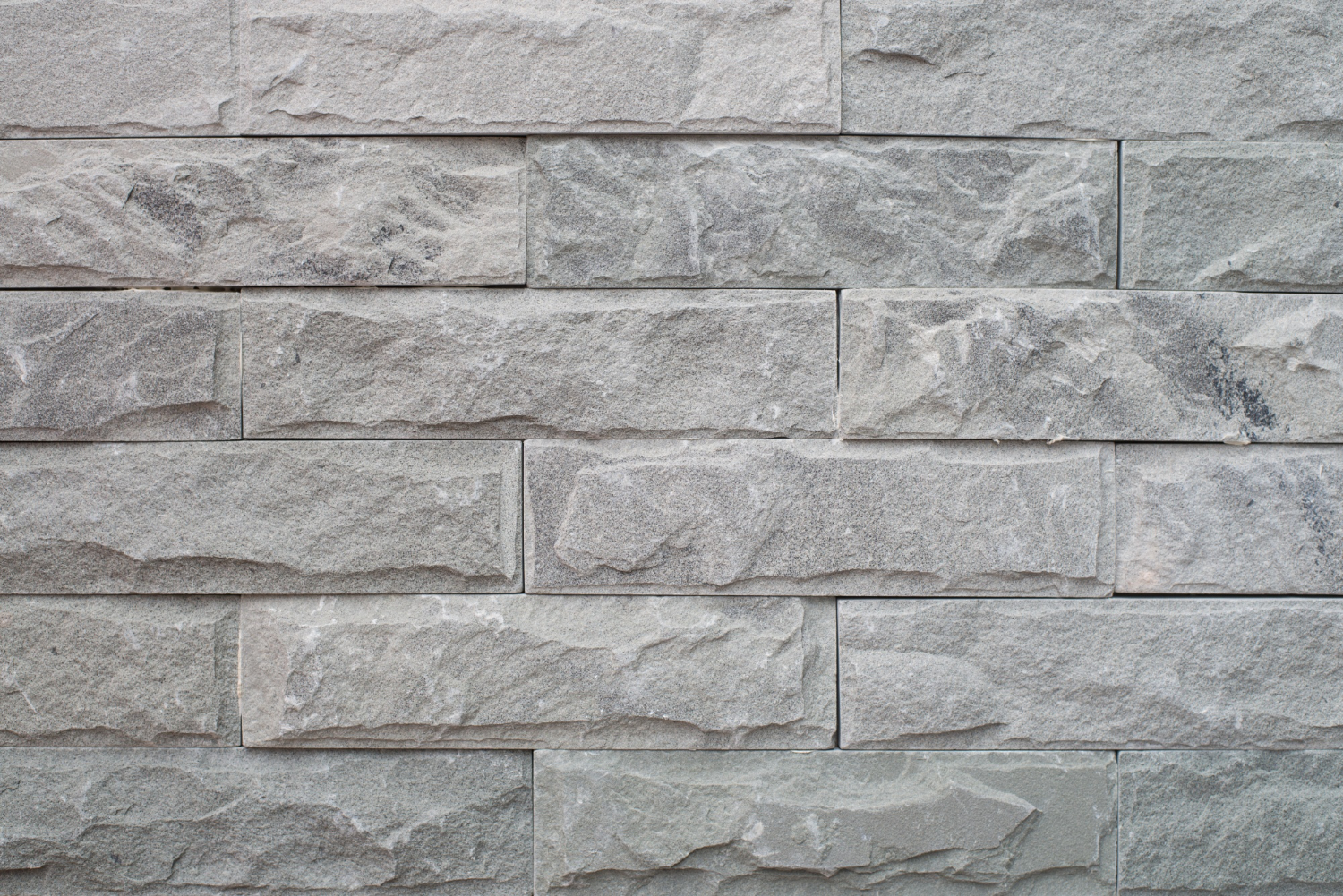
Stone cladding has been used in architecture for centuries, adding both beauty and functionality to buildings. From ancient structures to modern homes, stone cladding continues to develop, offering new materials and methods to suit current needs. This article explores the rich history of stone, its development over time, and its current applications in both interiors and exteriors.
The use of stone cladding dates back to ancient civilizations like Egypt and Greece, where it was employed to build durable and impressive structures. Early builders valued stone for its strength and beauty, using it to create both functional and decorative elements in their architecture.
Early builders recognized the durability and creative appearance of stone, using it to create impressive structures such as the Egyptian pyramids and Greek temples.
In ancient Rome, stone was used extensively to furnish public buildings and temples. The Romans developed advanced techniques for cutting and shaping stone, allowing for more intricate designs. This period saw the introduction of marble and other high-quality stones, which were used to create stunning facades and interior walls.
Stone cladding for interiors brings a natural and timeless look to any room. Many homeowners choose stone for interiors to create feature walls that stand out. Stone for interiors can be used in living rooms, kitchens, and bathrooms, adding texture and depth.
With various styles available, stone for interiors can suit both traditional and modern designs. The durability of stone for interiors ensures that it will last for years with minimal maintenance.
Stone is not just for exteriors; it can also be used to create stunning interior spaces. Stone walls add texture and warmth to a room, making it feel more inviting. Whether used in living rooms, kitchens, or bathrooms, stone can transform an ordinary space into a focus.
There are many different types of stone cladding for interiors, from rough and tumble natural stone to sleek, polished slabs. This originality allows for a wide range of design options, from rustic and traditional to modern and latest. Stone can be used to create feature walls, fireplace surrounds, and even modulation pieces like kitchen islands and backsplashes.
Modern stone cladding materials offer a wide range of options for modern architecture. These modern stone cladding materials include natural stones like granite and marble, as well as manufactured options that mimic their look.
Architects and designers appreciate modern stone materials for their durability and creative appearance. The use of modern stone materials allows for creative and innovative designs, providing both functional and visual benefits.
With modern stone cladding materials, it's possible to achieve a refined look that upgrades any building.
The 20th century saw significant advancements in stone materials and techniques. Modern tools and machinery made it easier to quarry and process stone, leading to a wider variety of options for builders and designers. Thin stone veneers became popular, offering the look of solid stone with less weight and cost.
In recent years, engineered stone and composite materials have become popular alternatives to natural stone. These materials are made by combining natural stone particles with resins and other blinkers, creating a durable and variable product. Engineered stone offers consistent color and texture, making it a popular choice for both interior and exterior cladding.
The benefits of stone cladding are numerous, making it a popular choice for both interior and exterior applications. One of the primary benefits of stone is its durability, ensuring long-lasting beauty.
Another key benefit of stone cladding is its natural insulation properties, which help regulate indoor temperatures. Additionally, the perfect benefits of stone can significantly boost the visual appeal of any space.
Homeowners also appreciate the low maintenance benefits of stone, making it a convenient option. Overall, the benefits of stone contribute to its widespread use and charm in modern architecture.
One of the main benefits of stone cladding is its durability. Stone is resistant to weathering, fire, and pests, making it a long-lasting choice for both interiors and exteriors. Properly installed and maintained, stone can last for decades, adding value to a property over time.
Stone adds a timeless and elegant look to any building. The natural variations in color and texture create a unique and visually charming surface. Whether used in a modern or traditional design, stone can magnify the overall appearance of a structure.
Stone also offers practical benefits, such as improved thermal and acoustic insulation. Stone helps to regulate indoor temperatures, keeping spaces cooler in the summer and warmer in the winter. It also absorbs sound, reducing noise levels and creating a more comfortable environment.
Stone cladding installation is a process that requires careful planning and precise execution. Proper stone cladding installation involves preparing the surface to ensure a secure and long-lasting attachment.
During the stone cladding installation, it is essential to use the right adhesives and techniques to prevent any issues over time. Stone installation should also consider factors like weather and load-bearing capacities.
A professional approach to stone installation can ensure the structure remains both beautiful and functional. Lastly, regular inspection after stone installation helps maintain its integrity and appearance.
Proper installation is key to the longevity and performance of stone. The surface must be clean, dry, and structurally sound before installation begins. Depending on the type of stone and the surface, additional preparation such as applying a primer or moisture barrier may be necessary.
Stone can be installed using various methods, including mechanical fixing, adhesive bonding, and plaster. Each method has its own advantages and is suited to different types of stone and applications. Mechanical fixing, for example, is often used for larger stone panels, while adhesive bonding is ideal for lighter veneers.
Sealing the stone after installation helps to protect it from stains and moisture. Regular maintenance, such as cleaning and resealing, will keep the cladding looking its best. It’s important to use products that are specifically designed for stone to avoid damage to the surface.
Stone cladding has a rich history and continues to be a popular choice in modern architecture. From ancient structures to latest designs, it offers both perfect and practical benefits. Whether used for facades, interiors, or other applications, stone adds a timeless quality to any building. By understanding the history, materials, and installation methods, you can make informed decisions about using stone in your own projects.
1. What is stone cladding?
Stone cladding is the application of a thin layer of stone to the surface of a building or structure to create the appearance of solid stone.
2. What are the benefits of stone?
Stone offers durability, creative appearance, thermal insulation, and acoustic insulation, making it a valuable addition to both interiors and exteriors.
3. How do you maintain the cladding of stone?
Maintaining cladding of stone involves regular cleaning, sealing, and inspecting for any damage or loose stones. Using stone-specific cleaners and sealants is recommended.
4. Can stone be used indoors?
Yes, stone can be used indoors to create feature walls, fireplace surrounds, and other decorative elements.
5. What types of stone are used for cladding?
Common types of stone used for cladding include granite, marble, limestone, and engineered stone composites.












